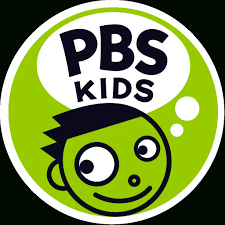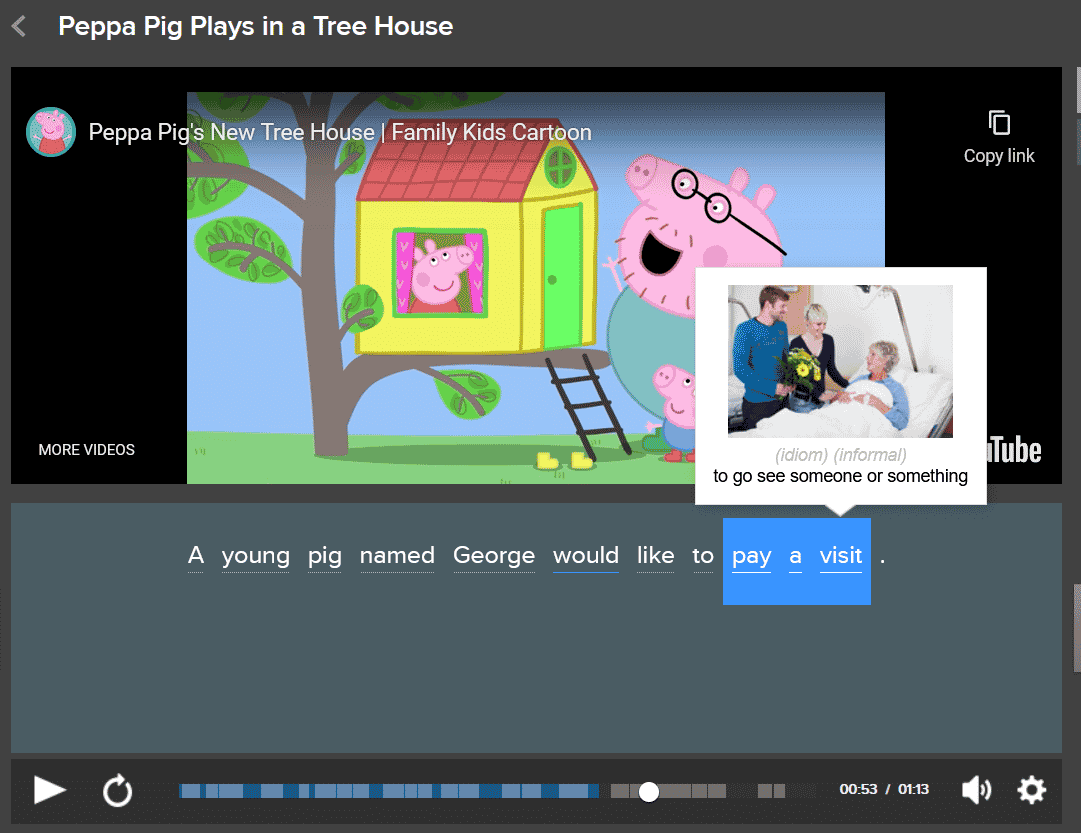
How to Speak English with Kids at Home
English is a great skill for kids to start building at a young age.
In this guide, I’ll show you how to speak English with kids at home. There’s a world of fun online English resources just for kids, plus plenty of simple language learning techniques for the whole family.
Contents
- 1. Make Learning Fun with Online English Tools
- 2. Establish a Family English Routine
- 3. Pick English Topics That Interest Your Kid
- 4. Use Props, Gestures and Facial Expressions
- 5. Don’t Obsess over Grammar
- 6. Look for English Opportunities During the Day
Download: This blog post is available as a convenient and portable PDF that you can take anywhere. Click here to get a copy. (Download)
1. Make Learning Fun with Online English Tools
The best way to start is to make English learning such fun that kids won’t even realize you’re trying to teach them a new language. The online English language tools below will grab their attention with fun animations, songs and stories.
PBS Kids: Vocabulary Games
PBS Kids has some of the most creative online resources for teaching kids through games, songs and videos that make learning fun.
The site is designed for native English-speaking kids, but the vocabulary section is perfect for teaching words to English learners.
There are matching games, interactive stories, word puzzles and lots more. Many of them use characters your kids might already recognize from internationally-known kids’ shows like “Sesame Street.” With such fun games and activities, you can help keep kids motivated and learning.
LearnEnglish Kids
The British Council offers this site specifically for English-learning kids. It covers all the essential language skills like listening, reading, writing, grammar and vocabulary.
You and your family will have fun exploring the site—you can skip right to the Fun and Games if you want!
Plus, there are lots of printable materials you can use for English practice either in the home or when traveling with the family.
ESL Games Plus
ESL Games Plus offers more challenging interactive online videos and activities for older kids and teenagers.
There are lots of interesting games for learning vocabulary, grammar and pronunciation. If your kids love playing on a smartphone or tablet, there are even mobile games that’ll turn digital time into English time.
Kids might especially enjoy the “Sentence Monkey” game for practicing grammar and sentence construction.
FluentU
FluentU is a language learning program that immerses learners in the English language. It has entertaining short video clips like movie trailers, cartoon clips and more—authentic content made by and for native speakers.
The program makes all these videos easy to learn with thanks to interactive subtitles. Hovering a mouse over a word shows an instant definition and clicking on it opens a flashcard with more information.
On the iOS and Android apps, kids can practice speaking English out loud through questions that let you speak their answers into the phone.
FluentU lets learners practice all areas of language learning in an engaging way. It uses video, audio, text, images, interactive exercises and more to keep you and your family learning.
There’s plenty of content that’s sure to be appealing to kids and teens alike. Be aware that the videos aren’t filtered for kids, so I recommend hand-picking videos, or watching them first—which will also give you a learning boost, while you’re at it.
2. Establish a Family English Routine
Make English learning a routine in your family. Pick a time of the day when your kids are most alert and easy to work with, not when they’re sleepy or hungry. Give it a name like “English Time” that could help them look forward to learning each day.
This will be the daily time that you spend with English activities, lessons or speaking together in English.
Younger children usually have shorter attention spans, so start them off with maybe 10 to 15 minutes per session. Extend the time as they grow older and are able to hold their attention better.
While it’s important to stick to your routine as much as possible, it’s okay to be flexible, too. Quite often, your child’s mood and energy level may affect their motivation to learn.
Children aren’t attentive when they’re very tired, distracted or unwell. So use your child’s mood and energy levels as a guide—some days, you may want to move “English Time” later or even take a break for a day.
3. Pick English Topics That Interest Your Kid
To get a child excited about speaking English, teach through topics that they’re already interested in.
Begin by noticing your child’s interests so you’ll know which games, songs or activities will motivate them to learn.
For example, if your child loves dogs, you could read “The Hundred and One Dalmatians” to them before bedtime or watch the animated version of it together on a Saturday morning.
Then during “English Time,” you can teach vocabulary such as bark, puppy and paws, and have your child use the dog-related words in a sentence.
Since you’re focusing on a topic that your child cares about, it’ll be a lot harder for them to get bored!
4. Use Props, Gestures and Facial Expressions
Use props, gestures and facial expressions to capture your child’s attention and get them interested in the words you’re teaching.
Props are objects a child can see and touch. If you say the word spoon while handing your child a spoon from your kitchen, they’ll form an immediate connection between the word and the object. Younger children enjoy holding and touching things and imitating your movements.
Gestures, like waving or blowing a kiss, and facial expressions, like winking or making a funny face, are actions and movements that add an element of fun.
If you wave your hand and blow a kiss while saying “goodbye” in English, you’ll hold your child’s attention and make the vocabulary itself more memorable.
5. Don’t Obsess over Grammar
If you hear your young child using incorrect grammar as children often do, what should you do? Should you correct them every time?
I say you should let small mistakes go and allow them to speak and express themselves freely instead.
That’s not to say that you shouldn’t correct them. You can and you should, sometimes. But don’t focus too much on pointing out their mistakes. Correcting them too often may cause them to lose interest in learning and discourage them from speaking English.
Instead, be patient with them, even if they forget what you’ve taught them or keep making the same mistakes. Children often learn through repetition. If you repeat a word or grammar structure often enough, chances are they’ll naturally learn it the right way.
6. Look for English Opportunities During the Day
Be on the lookout for opportunities to point out new vocabulary to your child as you go about your daily life.
For instance, if you often take your child on nature walks, you could bring their attention to interesting words for birds, insects, animals and trees that you see along the way.
You could draw your child’s interest by pointing out something exciting. “Come look, there’s a butterfly climbing on a leaf! Isn’t it beautiful?” This may lead your child to ask questions like “What is a butterfly?” giving you the perfect opportunity to introduce and discuss more new vocabulary like insect, bug, wings, etc.
This type of regular, everyday learning makes English seem more relevant to kids’ lives. It also helps them practice English and learn new words in a relaxed, fun environment.
Keep up the English practice with your kids and watch them build their confidence each day. And don’t forget to have fun while you’re at it!
Download: This blog post is available as a convenient and portable PDF that you can take anywhere. Click here to get a copy. (Download)














